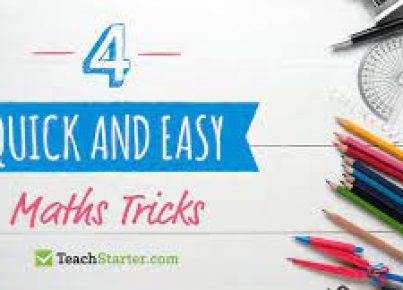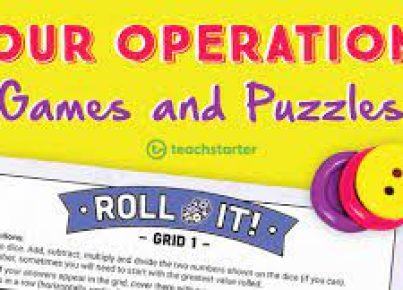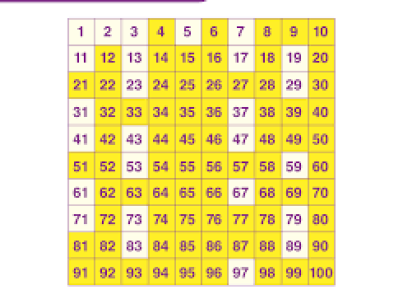Introduction
Math word problems can be daunting for many students. They often require a higher level of comprehension and critical thinking skills to interpret the text’s meaning and solve the problem. One effective method for teaching math word problems is through pictures, which serve as visual representations of the problem. This method can help students better understand the problem’s context, enhance their learning, and improve their problem-solving skills.
Benefits of Using Pictures in Teaching Math Word Problem
1. Enhanced comprehension: When students visualize a math word problem using pictures, they can better understand the context and relationships between quantities in the problem. Instead of just reading about numbers and mathematical operations, students are guided through the process by visually representing the problem’s components.
2. Breaking down complex problems: Sometimes, word problems can be complicated with multiple steps. By drawing diagrams or sketches, students can break down these challenging problems into simpler parts that are more manageable to solve.
3. Improved memory retention: Visual stimuli have proven to be more memorable than textual information in many cases. Associating a picture with each word problem helps students retain information longer and remember solution strategies more easily.
4. Cultivating creativity: Involving creativity in mathematical problem-solving promotes student engagement in learning. Encouraging students to draw their own diagrams strengthens their creative thinking and enhances their ability to tackle new challenges.
5. Increased accessibility: Using pictures to teach math word problems accommodates different learning styles by appealing to visual learners who may struggle with traditional text-based instruction.
Implementing Pictures as a Teaching Aid for Math Word Problems
Here are some tips for incorporating pictures into your math instruction:
1. Start simple: Begin with straightforward word problems that only involve one or two steps, allowing students to practice drawing visuals that represent the given situations.
2. Provide concrete examples: Display various examples of how diagrams can be used to represent word problems and the thought process involved in solving. Start by working through a problem as a class and draw step-by-step diagrams.
3. Give students the freedom to create their own visuals: After understanding the concept, allow students to create their diagrams to represent word problems, fostering creativity and self-expression.
4. Encourage a variety of approaches: Different types of pictures can be used to represent different word problems, such as number lines, tape diagrams, and area models. Guide students to explore multiple ways to visualize a single problem.
5. Reinforce connections between pictures and equations: Ensure that students can make sense of how their visuals relate to the corresponding mathematical expressions or equations. Solidifying these connections helps students develop a deeper understanding of mathematical concepts.
Conclusion
Teaching math word problems with pictures offers numerous benefits, including enhanced comprehension, improved memory retention, and increased accessibility for diverse learners. By incorporating visuals into your math instruction, you provide students with an alternate approach to problem-solving, incorporating creativity and critical thinking skills. Embracing this method has the potential to create more engaged and confident mathematicians in your classroom.




